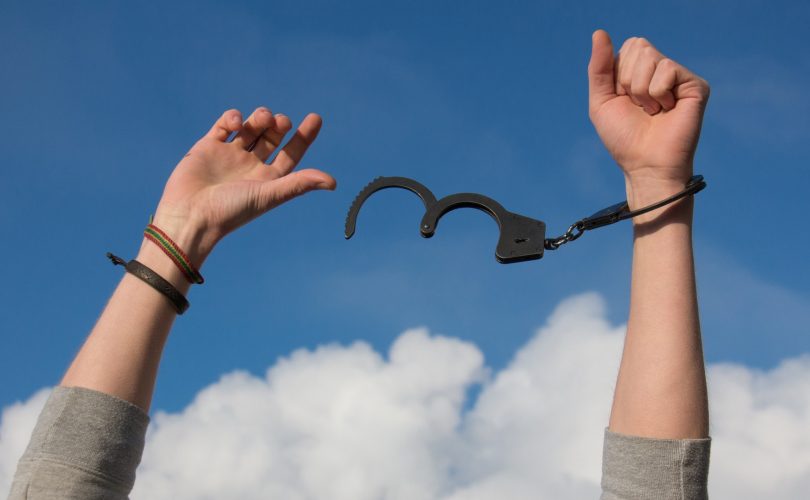By Bridget Botelho
www.justfortodaymeditations.com
Nearly half of the 1.1 million people receiving treatment for addictions are treated for both drug and alcohol abuse, according to the 2002 National Survey of Substance Abuse Treatment Centers.
“The day of the single addiction is almost a dinosaur. Most people are addicted to more than one substance these days,” said Wayne Rushlow, a licensed mental health therapist and substance abuse counselor in Leominster and the surrounding area. “If people can’t get one, they have the other to fall back on.”
The survey, released by the Substance Abuse and Mental Health Services Administration, showed there were 1,136,287 people receiving substance abuse treatment on a typical day in 2002.
Of those people, 48 percent were being treated for both drug and alcohol abuse.
The age of multiple addictions is here because people are experimenting with drugs at a younger age, according to Rushlow, who counsels at Almost Home of Leominster.
Almost Home is a privately run in-patient and out-patient facility for people transitioning from drug rehabilitation centers. They offer mental health services as well as other support programs to help people avoid relapses into addiction as they move back into mainstream society.
“Many of the people we see (at Almost Home of Leominster) are starting to use drugs at a younger age. There are 10-, 11- and12-year-olds experimenting,” Rushlow said.
By the time these children reach adolescence, they move from less harmful substances like alcohol and marijuana to more dangerous drugs like methamphetamines and cocaine, Rushlow said.
“They start with lesser drugs and, being adolescents, they get bored. It escalates very quickly and by the time they reach twenty-one they’ve run the gamut,” Rushlow said.
Over one-third of facilities, 37 percent, provided programs specifically for adolescents.
While heroin addiction is at a high point now, alcohol has always been the most popular substance for abusers, partly because it is easily accessed by anyone over the age of 21, Rushlow said.
“Once people have tried a lot of different drugs, they choose the high they like best” and abuse it most, Rushlow said.
Treatment for multiple addiction usually begins with the user’s drug of choice before other substances are addressed.
“If someone were addicted to heroin and alcohol, which usually doesn’t happen, the heroin addiction is handled and hopefully, that treatment curbs their desire for the other substances,” Rushlow said.
Twenty-one percent of people were receiving treatment for only alcohol abuse while 31 percent were getting treatment for drug abuse alone.
Addictions require different treatment. Treating heroin addiction requires medication and counseling. Cocaine dependency is a mental addiction, requiring only counseling services, Rushlow said.
Alcohol abuse sometimes require medical assistance for detoxification and on-going counseling support.
The study found that 49 percent of rehabilitation facilities offered special programs for people diagnosed with co-occurring substance abuse and mental disorders.
“In our program (Almost Home), 95 percent of patients have a dual diagnosis-mental health and drug addiction,” Rushlow said.




